Arizona Trip Part 8, Guided Canon T2i Shots
[NOTE: For the most part, if a preview image looks bad, it’s because of the way WordPress is compressing the full image. Click for a better picture.]
The Astrotrac is an amazing tool for taking wide-field shots. It’s compact, can easily go on a plane, and will give you 5 minute shots with good polar alignment. I borrowed mine from a friend in the local astronomy club. Near the beginning of the night, I was having a lot of trouble getting it aligned properly. I only got a few shots taken before my laptop battery was near death. None of them were really worth processing. I ended up setting up for the rest of the night on the patio next to the visitors center, which is where the 20″ RC was. Thankfully, there was a power outlet there!
For the most part, I stuck with the 50mm lens. First, I got the region around Corvus. Six four-minute subs at ISO 1600.
This was right around the time the NOP ended and my AOP started, so there was a little break. The next one I did was a wide field of Virgo. Lots of galaxies are visible in this image. Same camera settings as above.
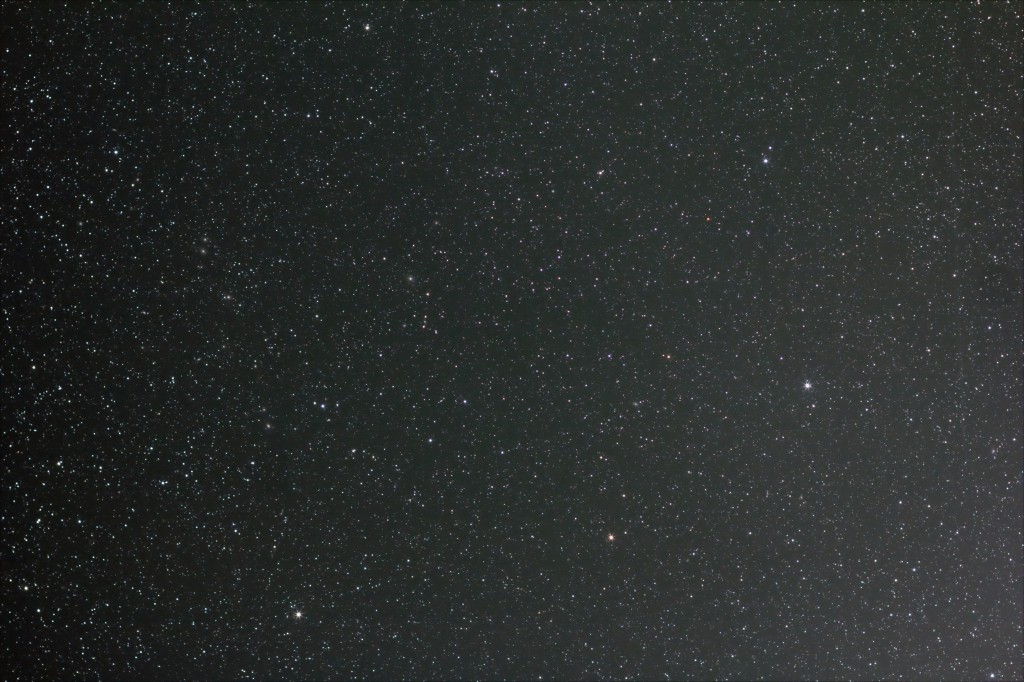
There was another break of about an hour while I waited for interesting stuff to rise. The following shot of M11 was a stack of ten 2-minute shots at ISO 1600 with the 200mm lens.
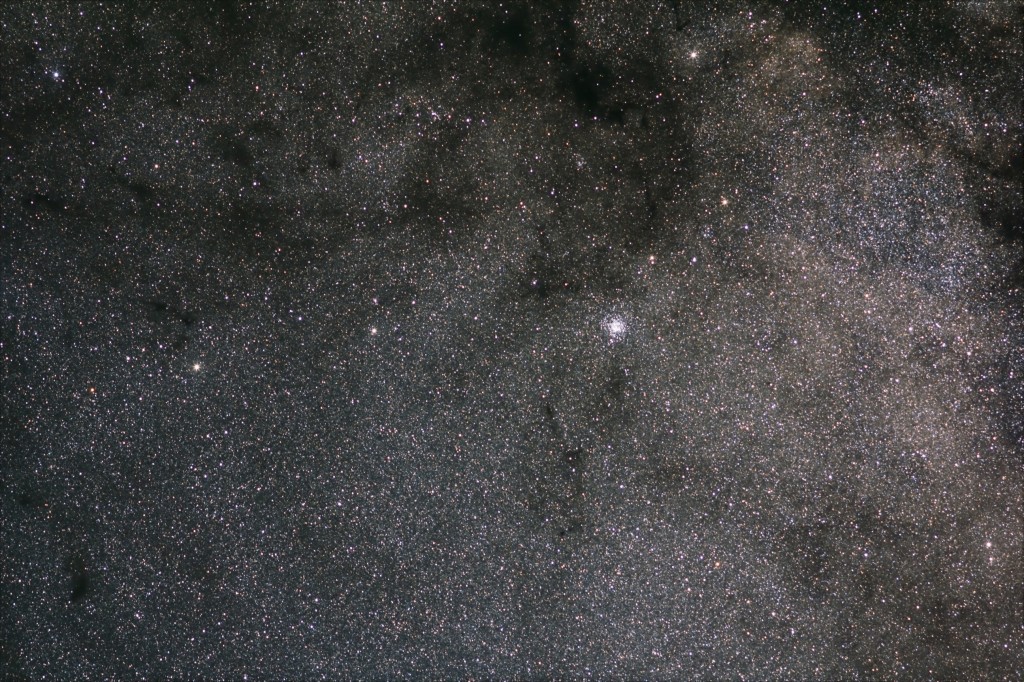
By this time, Sagitarrius was starting to rise and was dazzling. Here’s a wide-field with the 50mm. 60 seconds at ISO 1600.
I then decided to do some 200mm shots of the very nebulous regions of Sagittarius and nearby constellations.
The last shot I did on the mount was of the two Veil Nebulae, in Cygnus. This was 6 4-minute shots with the 200mm lens at ISO 1600.
The next post will contain my pics through the Takahashi.

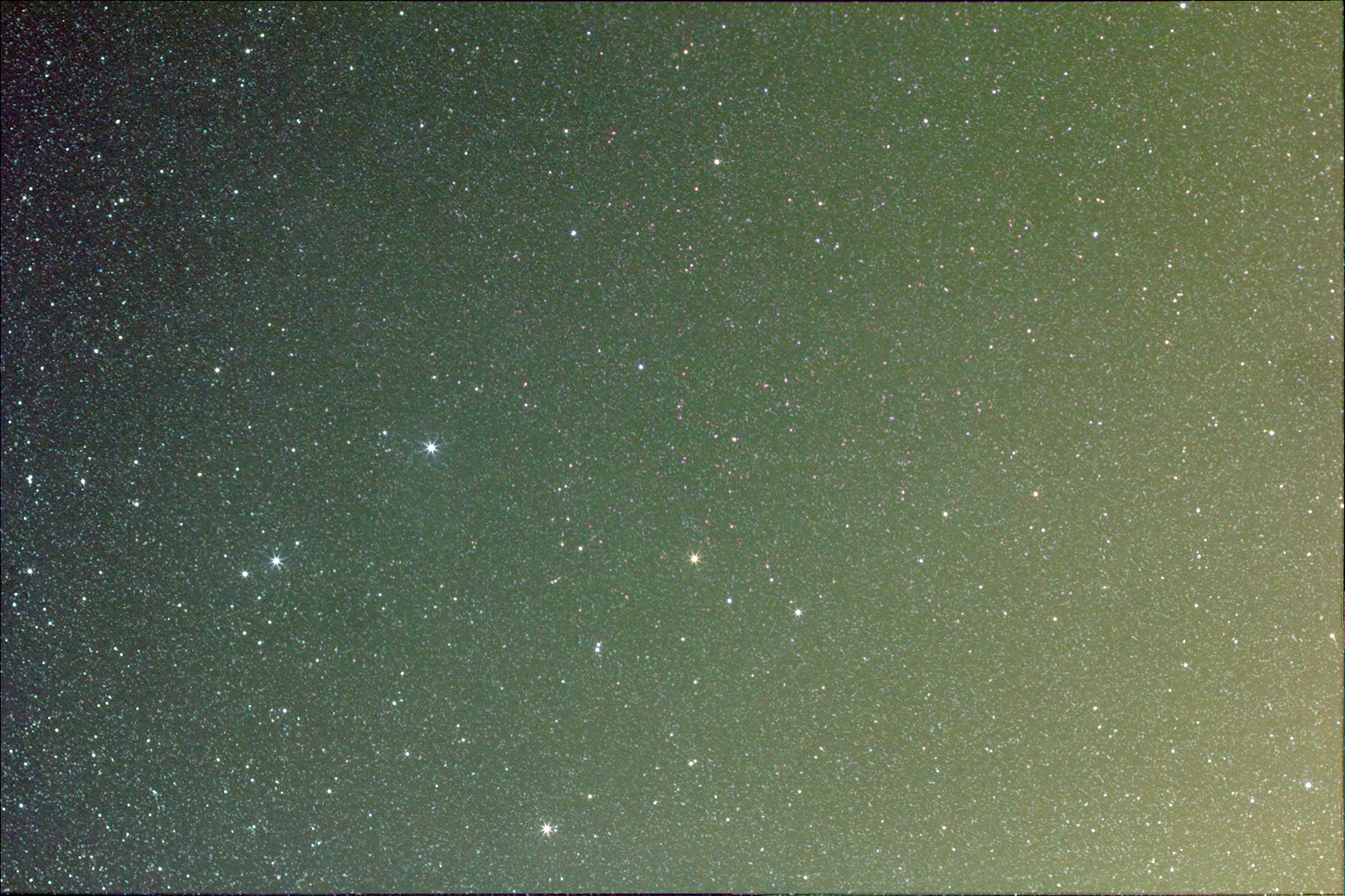
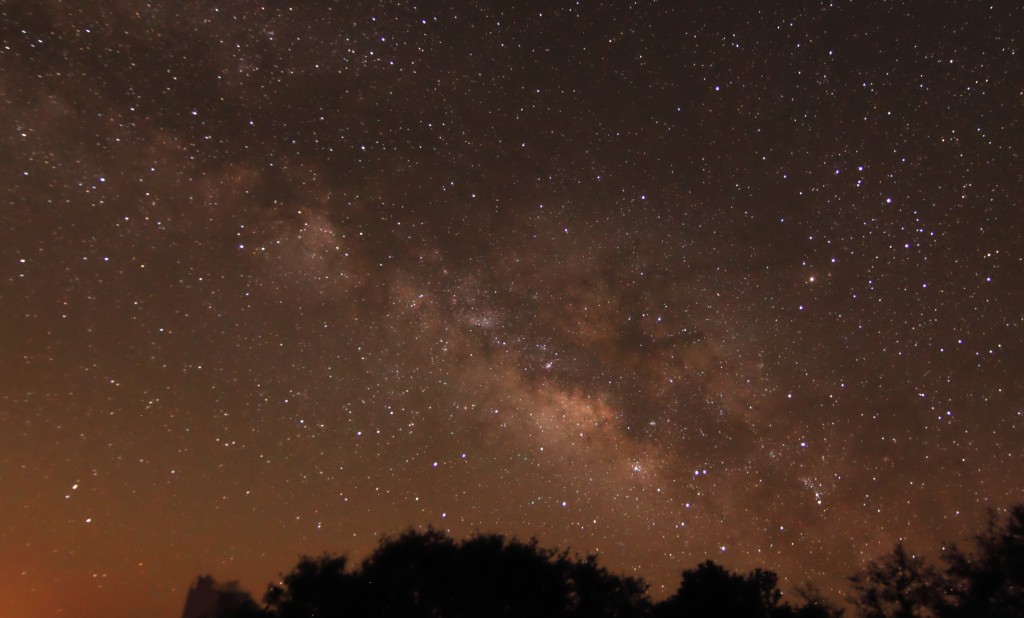
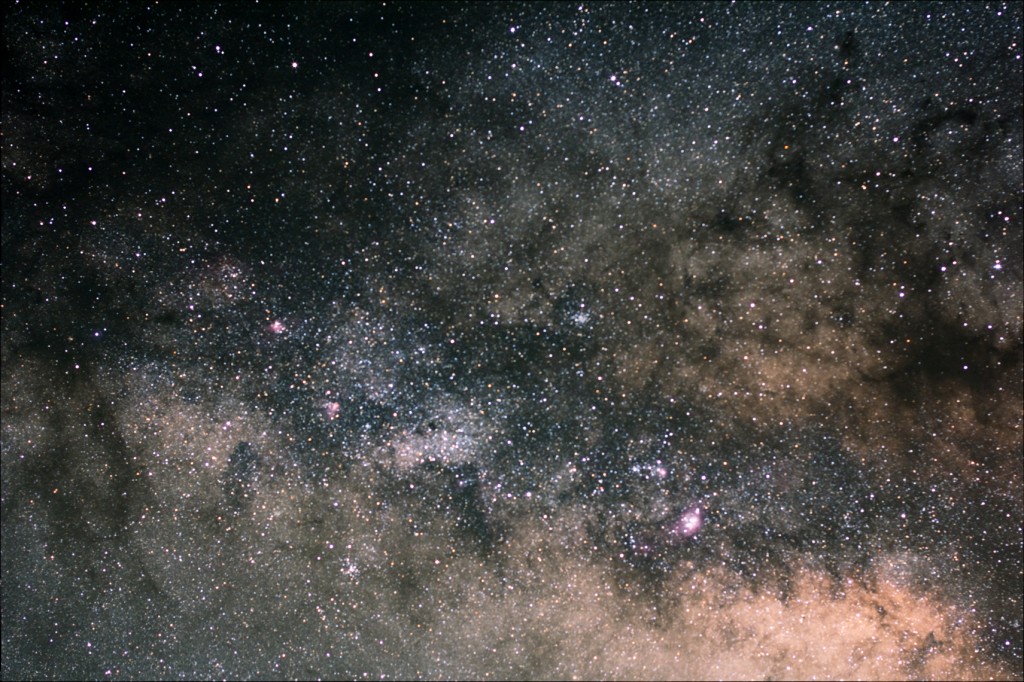
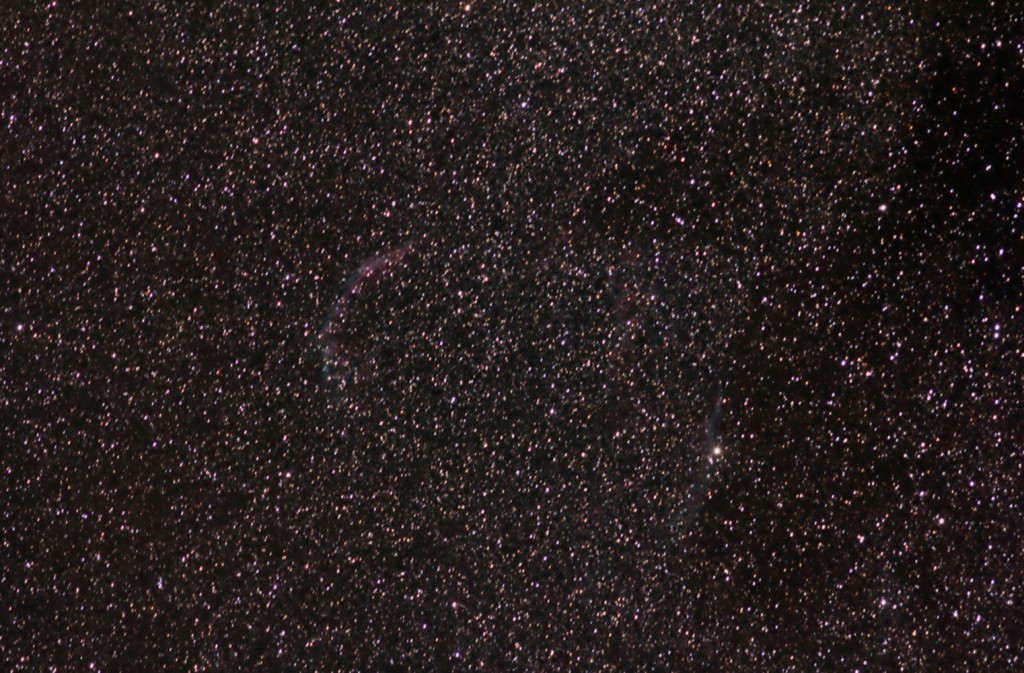
Leave a Reply